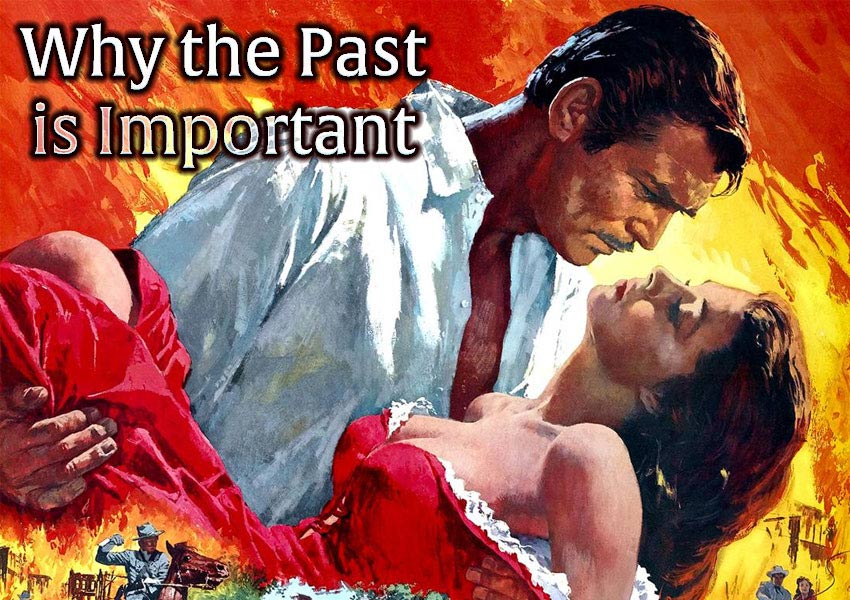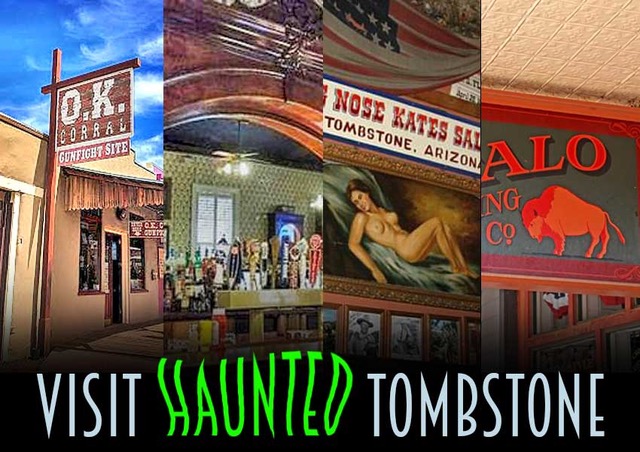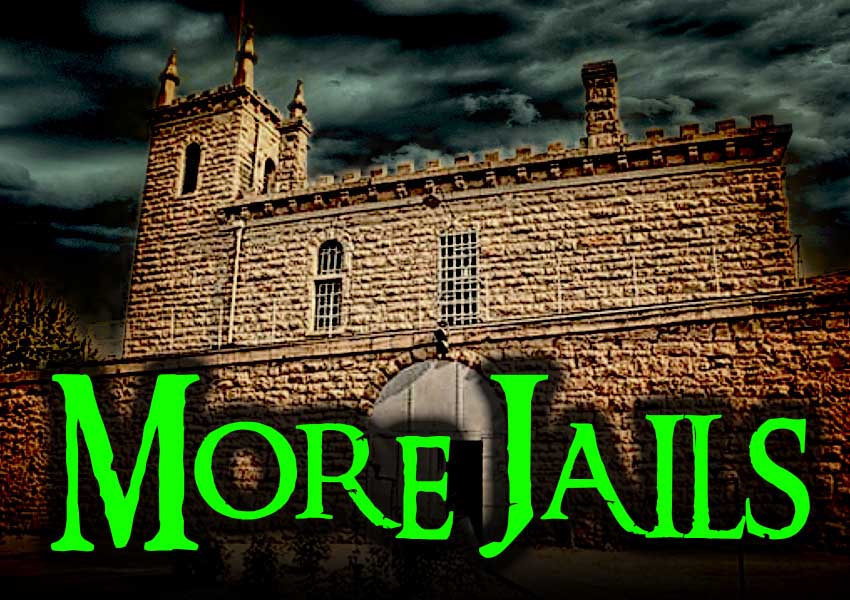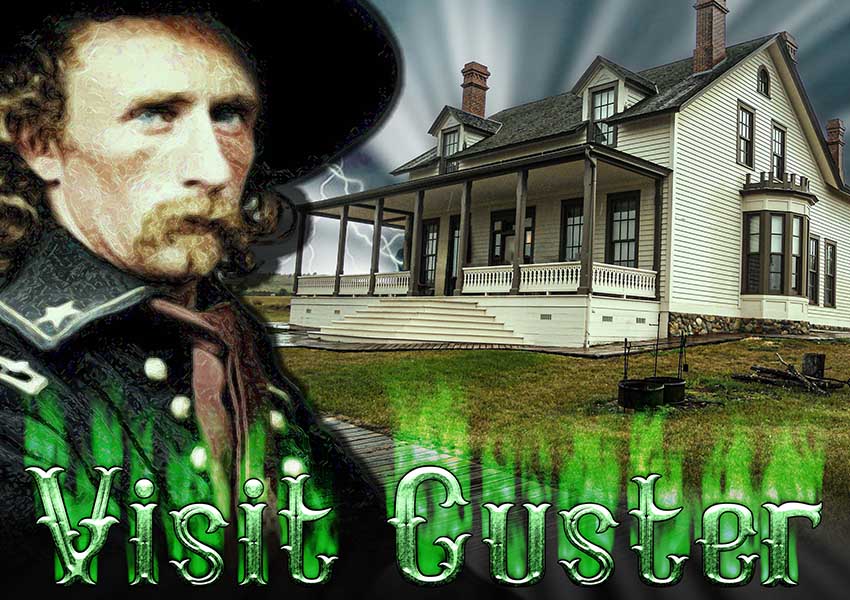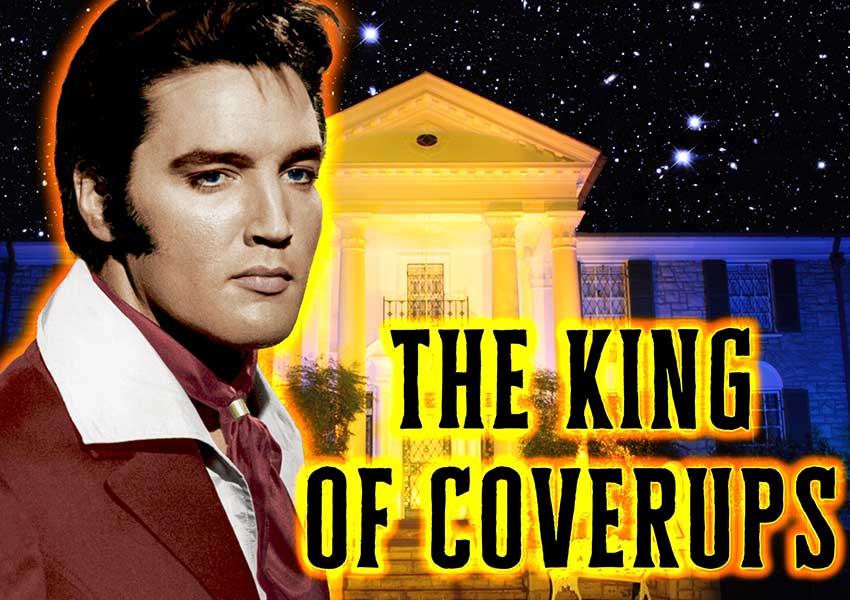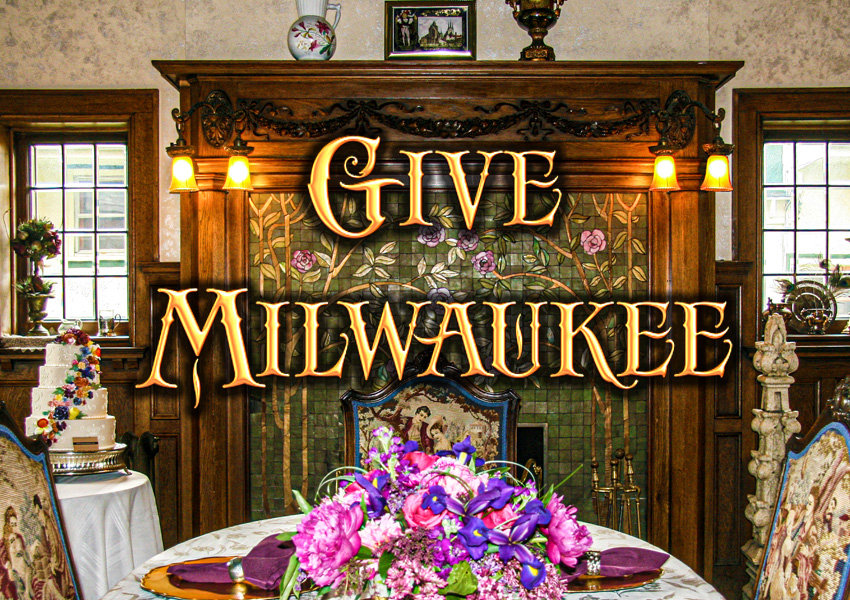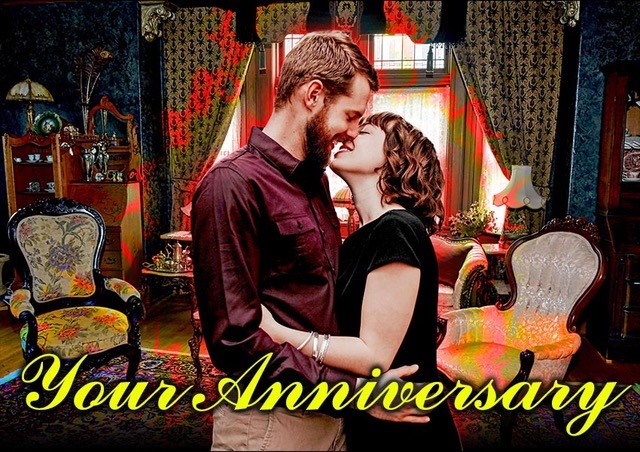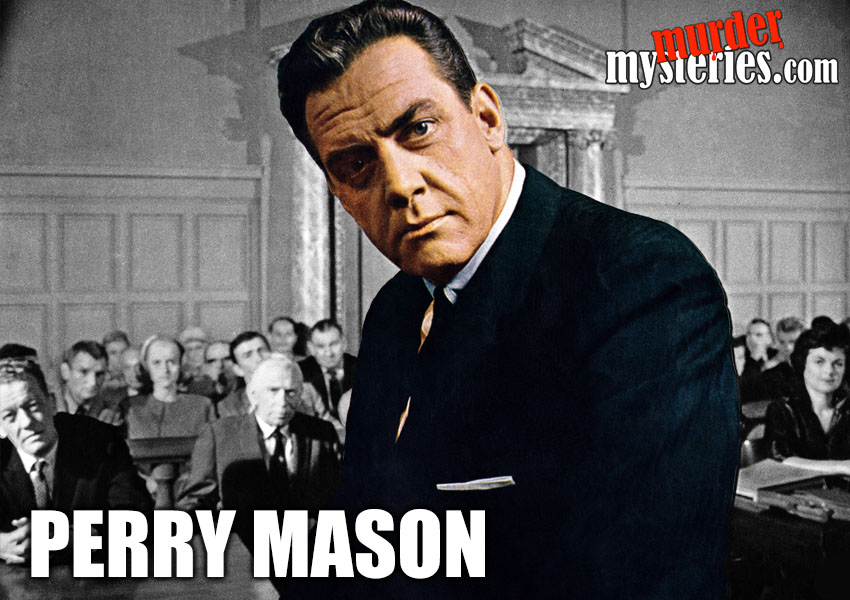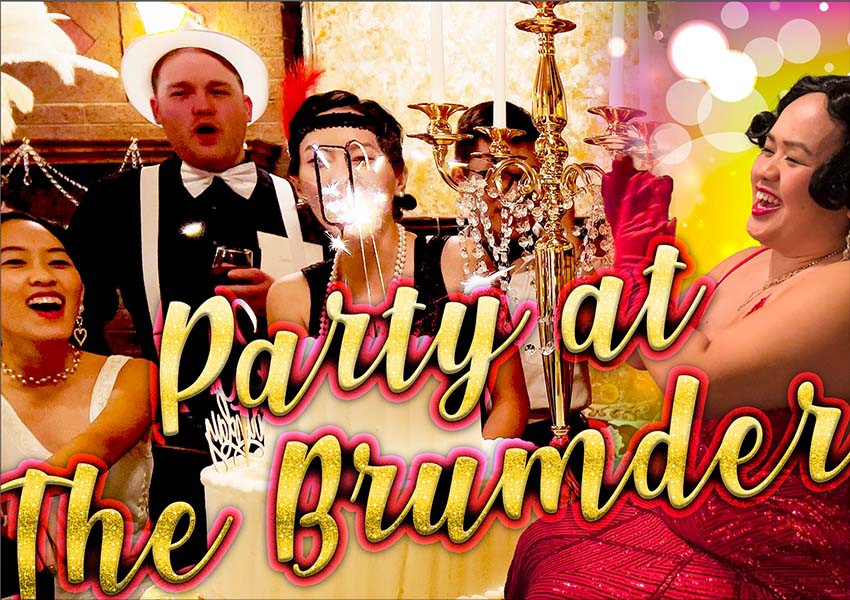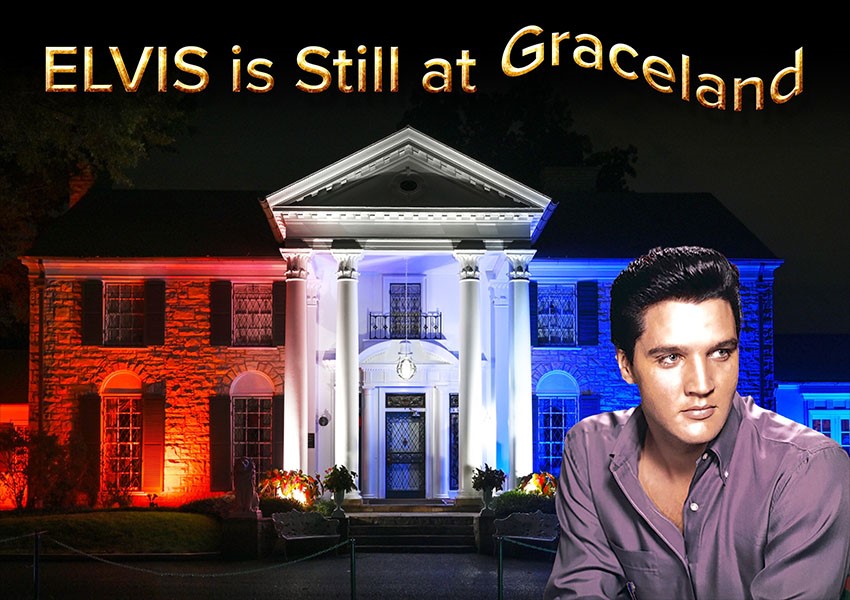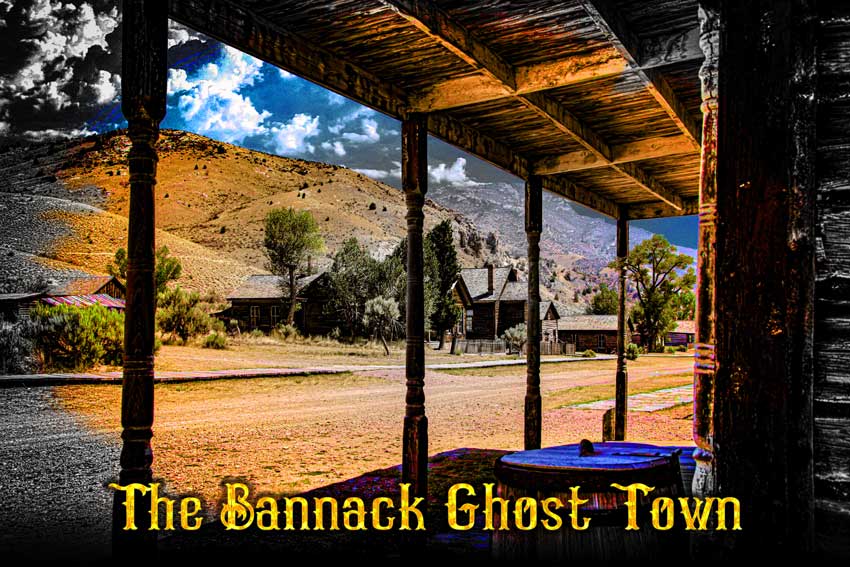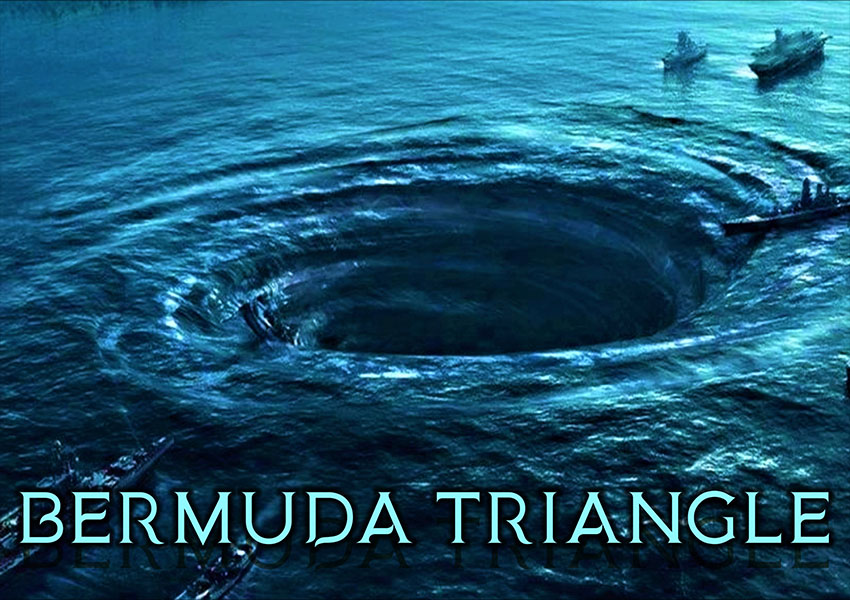San Diego California
Villa Montezuma
Once again, suicide doesn’t bring peace.
A former owner (a spiritualist composer) is insanely happy here.
DESCRIPTION
The Villa Montezuma is described as a glorious example of eclectic late 19th-century Victorian/Queen Anne architecture, a San Diego crown jewel which earned it recognitions as a historical site in 1970, just in the nick of time, as it was then in sad shape externally and really in need of renovation! Today it is used not only as a historical house museum, but as a community cultural center and on occasion is a setting for weddings and receptions.
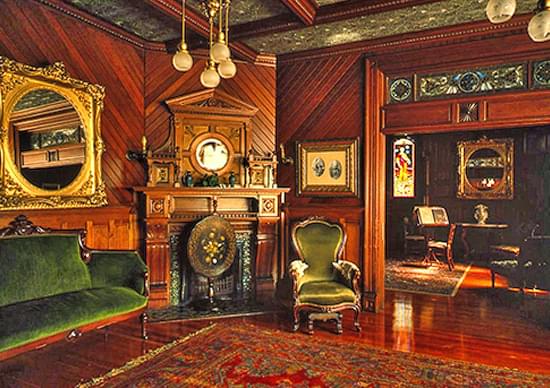
Built upon a hill, it has two stories, andna partial basement with an authentic, recreated turn-of-the-century kitchen, multipurpose room and storage areas. On the south side of the mansion, one finds the tower room, complete with an Arabesque dome, which can be accessed via a staircase on the second floor. This owner and composer was Jesse Shepard’s study, as it had a magnificent, panoramic view of San Diego to Point Loma and south to Mexico, a source of inspiration for Shepard’s creative work.
Floors throughout the mansion were made of polished fir, which were covered with Turkish and Persian rugs when Jesse lived there. The lower halves of the walls are made of polished redwood and walnut, while wallpapers with pink fleur-de-lis designs enhance the upper sections. Ceilings have silvery gray to white Lincrusta Walton. There are many art glass windows on the exterior walls and some are hung over interior doorways, used as transoms. There are five tile-faced fireplaces throughout the mansion.

The main floor has an entry hall, a reception room, a magnificent music room which takes up the entire east side of the mansion, the red room, a drawing room, a library, a dressing room, a blue room and a dining room.
The second floor was and is used as an art gallery and museum.
HISTORY
San Diego began to boom after the railroad was built there in 1885, swelling in population from 5,000 to 40,000! In an effort to shed its frontier town image, a push was made to bring culture and learning institutions to the city. Schools, universities and opera/concert halls were established. Harr Wagner, the editor of the San Francisco literary magazine, and his circle of poets, painters and musicians were persuaded to leave their cold, rainy Bay Area and settle in the hometown of San Diego.
One of Wagner’s artistic friends was opera singer, musician, composer and author Jesse Shepard, who also made this journey and built his Villa Montezuma in 1887. He shared his ideas with an architectural firm, Comstock & Trotche, whose gifted design team put them to work to create this crown jewel of Victorian Architecture. Comstock & Trotche designed most of the notable homes, commercial and civic buildings, which were built in San Diego’s big growth period in the 1880s.
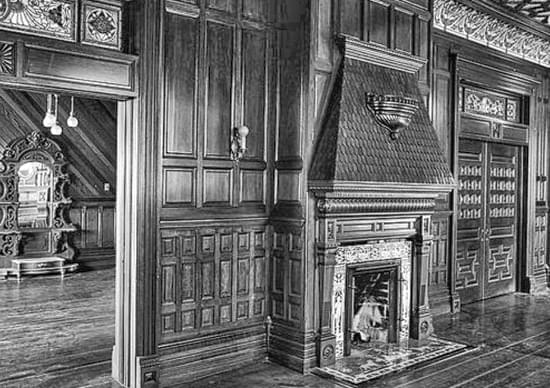
Shunned by San Diego’s cultured community for activities which will be explained below, Shepard lived in Europe. The Villa Montezuma passed through many owners through the years and was used as a boarding house during World War 2. While its owners did their best to maintain it, the structure itself suffered, and was in need of major renovation.
It became the property of the city of San Diego in 1970, when it was named a historic site. Since then, many dedicated people, artisans, and organizations have worked together on a variety of minor and major renovations, restoring as much as possible Jesse Shepard’s original decor and design. Even a fire in 1986, which swept through most of the second floor and damaged the ceiling of the first floor music room, only strengthened the renovators’ collective resolve to meet and conquer the challenges presented in the restoration effort.
(For more details, visit: Friends of the Villa Montezuma website – Restoration page and villamontezumamuseum.org)
HISTORY OF MANIFESTATIONS
Jesse Shepard was a spiritualist as well as a talented musician, singer and author. Heheld musical seances in a special room located in the heart of the mansion. This was frowned upon by San Diego’s high society, and led to his exile in Europe. One can only imagine his joy when the Villa Montezuma was renovated and restored to his original ideas!!!!!
Tragically, one of Shepard’s servants, tormented by grief when his wife died, committed suicide by hanging himself in the mansion’s tower.
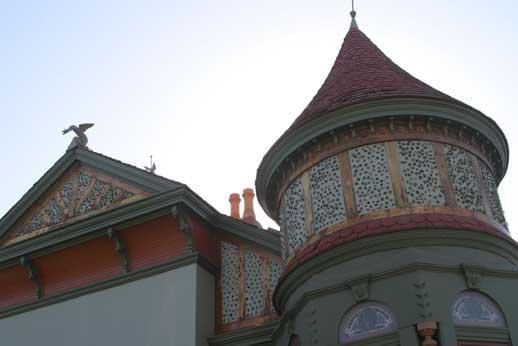
MANIFESTATIONS
Spiritualism and the Spirit of Jesse Shepard
By using his voice to simulate an entire orchestra, Shepard could summon up entities to help him create music on his piano. He called up the spirits of Chopin and Mozart; one inhabited his right hand while the other inhabited his left.
A strong presence is felt even today by many in the room where Jesse Shepard once called up these spirits.
Many think Jesse Shepard has returned to the place he loved most while alive, and continues to commune with the masters.
Visitors have heard piano music coming from the locked seance room.
The Spirit of the Servant
A sad, mournful apparition has been seen peering through the window of the cupola.
STILL HAUNTED?
Yes Indeed!
Two entities inhabit Via Montezuma. Jesse Shepard is home again, and a tormented entity has found that suicide doesn’t solve anything, so he continues to linger and peek at the life he willingly gave up with his rash and emotional act.
LOCATION
1925 K Street
San Diego, California 92102
(619) 239-2211
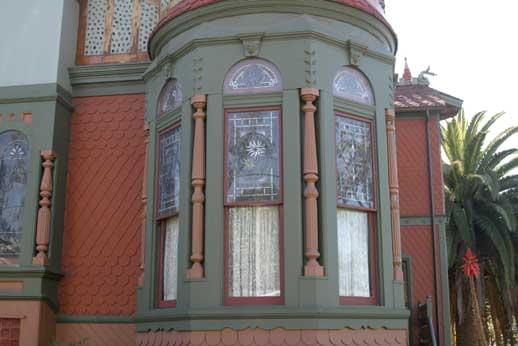
SOURCES INCLUDE
- SanDiegoHistory.org
- SanDiegoHistory.org
- The National Directory of Haunted Places
by William Dennis Hauck
Penguin Books – 1996 - External photographs © Tom Carr







